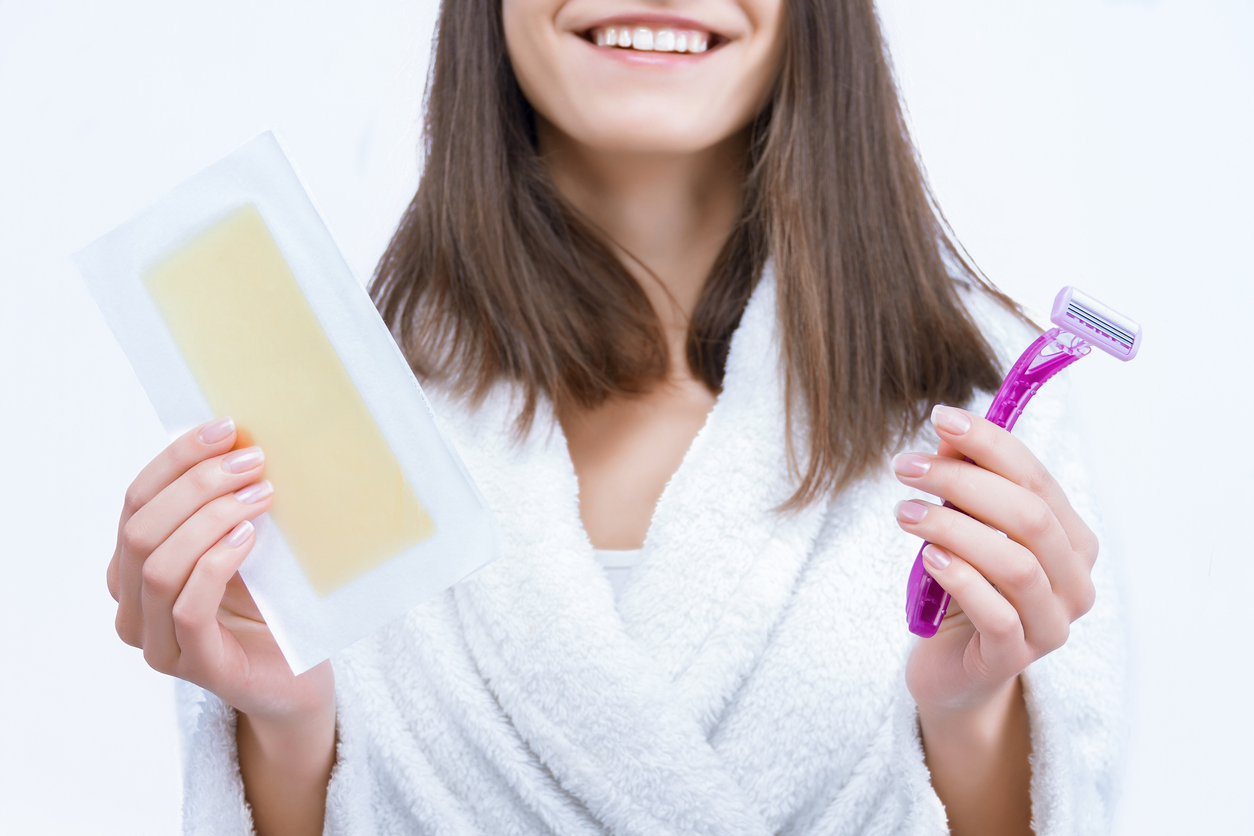Table Of Content

Almost everyone has pubic hair, and some people may decide to trim or shave it. Different methods exist to trim your pubic hair, which could help you prevent irritation, razor burn, and injury. Some people may believe that removing pubic hair increases the risk of contracting a sexually transmitted infection (STI). For example, a 2019 study in female university students found no association between pubic hair grooming and STI risk. But they can contain chemicals or other substances that cause allergic reactions or breakouts. If you have sensitive skin, you’ll want to avoid this method of hair removal.
Three women get real about pubic hair - Toronto Star
Three women get real about pubic hair.
Posted: Wed, 16 Aug 2023 07:00:00 GMT [source]
Take your time and use caution
Also, good lighting is important, and a handheld mirror can help with trimming hard-to-see areas. Make sure that the scissors are clean and sharp, which will help ensure that they do not tug on the hairs as they cut. Using scissors can be a safe way to achieve a groomed look. Because the scissors do not make contact with the skin, the risk of injury is relatively low. Cut your hair down to a short length so that you still have full hair coverage but much shorter hairs.
Other pube-grooming possibilities
Don’t stay in there too long, however, or you risk dealing with pruning skin. Wash your hands with soap and water before shaving to avoid slippage. You’ll find plenty of trimmers out there specifically designed for prettying up your pubes. Look at options marketed toward the opposite sex as well. Don’t miss out on something that will work best for your body or budget just because of packaging. Starting at the highest point on your pubic region where you want to groom, place a fine-toothed comb at the hair root flat against your skin.
Laser hair removal
Also, cosmetic products, including shaving cream and products to remove hair, can cause allergic reactions, and these can be severe. Just be sure you’re well-versed in safety, maintenance, and aftercare before you start. Chemical depilatories break down hair so it washes away from your skin. Although convenient to use, they can lead to allergic reactions and irritation. Be sure to do a small patch test on your skin before trying on a larger area.
Bathe before grooming
Chances are, if you’re experiencing a burning sensation rather than your skin feeling hot, you should stop using the product immediately. You need this lubrication to minimize friction and avoid nicks. Using cream or gel can also allow you to see where you’ve just shaved so you can avoid going over the area twice and causing irritation. If you’re on pube patrol, it pays to do a little preparation before diving in with sharp objects.
How to use hair cream removers and chemical depilatories
With electrolysis, Buka says scar tissue is a concern. If you have a history of keloid scar tissue, this approach isn’t a good choice. If you’ve already got some post-pube-removal irritation, now is not the time to remove the pubes that have grown back!
Avoiding Common Mistakes
When removing hair, do it in the shower or over the toilet to make cleanup easier. After you’re done, disinfect your tools and put them in an enclosed, clean case. You can shave, wax, or cut your public hair into your preferred shape and length, or leave it alone. Our pubic hair also plays a role in finding the person to do the rolling with. Hair traps the scents commonly known as pheromones that our apocrine glands produce.
Shaving and waxing are two common hair removal methods with distinct differences. Shaving offers quick results but needs to be done frequently as it only removes hair from the surface. On the other hand, waxing removes hair from the root, providing longer-lasting smoothness. Sometimes people ask if laser hair removal is safe during pregnancy.
Pube primping possibilities, from DIY to salon safety

If you’re especially sensitive to lumps and bumps, try trimming with scissors instead. This won’t create a smooth, hairless effect, but it’s an effective way to keep hair at bay. Laser hair removal is a treatment that removes as much (or as little) of your fleece as you want gone. “It’s a great option for folks who struggle with constant ingrown hairs,” says Linkner. According to Shainhouse, hair removal creams tend to have irritating ingredients.
Treat your skin to a little TLC to prevent ingrown hairs, bumps, and irritation. Even if you’re careful, it’s not uncommon to get rashes, bumps, or ingrown hairs on your pubic area, especially if you shave. Try over-the-counter hydrocortisone cream to bring down swelling and benzoyl peroxide to nix bacteria, Buka recommends. If an ingrown hair doesn’t resolve or becomes painful, see your doctor or dermatologist. If you’re going au naturel, you don’t need to do anything.
Over-the-counter creams and ointments can help treat minor issues, but if severe or persistent problems arise, seek medical attention as soon as possible. However, if symptoms are particularly painful or severe, talk to a doctor as soon as possible because an infection may require prescription medication. Also, keep in mind that the pubic skin is thin, and it can be easy to cut or nick this area when shaving. It’s best to stop shaving until these symptoms go away. See your doctor if they don’t get better after about a week of no shaving, or if they seem to be getting worse.
This provides a protective barrier between your skin and the scissors, and offers a guide for an even cut. A hasty hack job could end in a nasty cut or even a trip to the ER. A 2017 study found that more than 25 percent of pubic hair primpers have injured themselves. Sitting on a dry tub edge can help reduce your risk for slipping. Before deciding on a hair removal method, consider factors such as your skin type, sensitivity, hair texture, and the desired longevity of results. Each method has its own benefits and drawbacks, so selecting the right one that aligns with your preferences is key.
When you shave, it’s easy to accidentally slice some skin and expose yourself to bacteria or irritants. Shaving can also block your follicles — the casings that hold each hair — potentially causing folliculitis or ingrown hairs. Before you start grooming, wash your hands and sanitize your tools.
The pubic area is sensitive, so a proper routine may help you prevent irritation, razor burn, and injury. After hair removal, hydrate the skin to soothe any potential irritation and prevent dryness. Avoid tight clothing and harsh products on the treated area to allow the skin to recover properly.

No comments:
Post a Comment